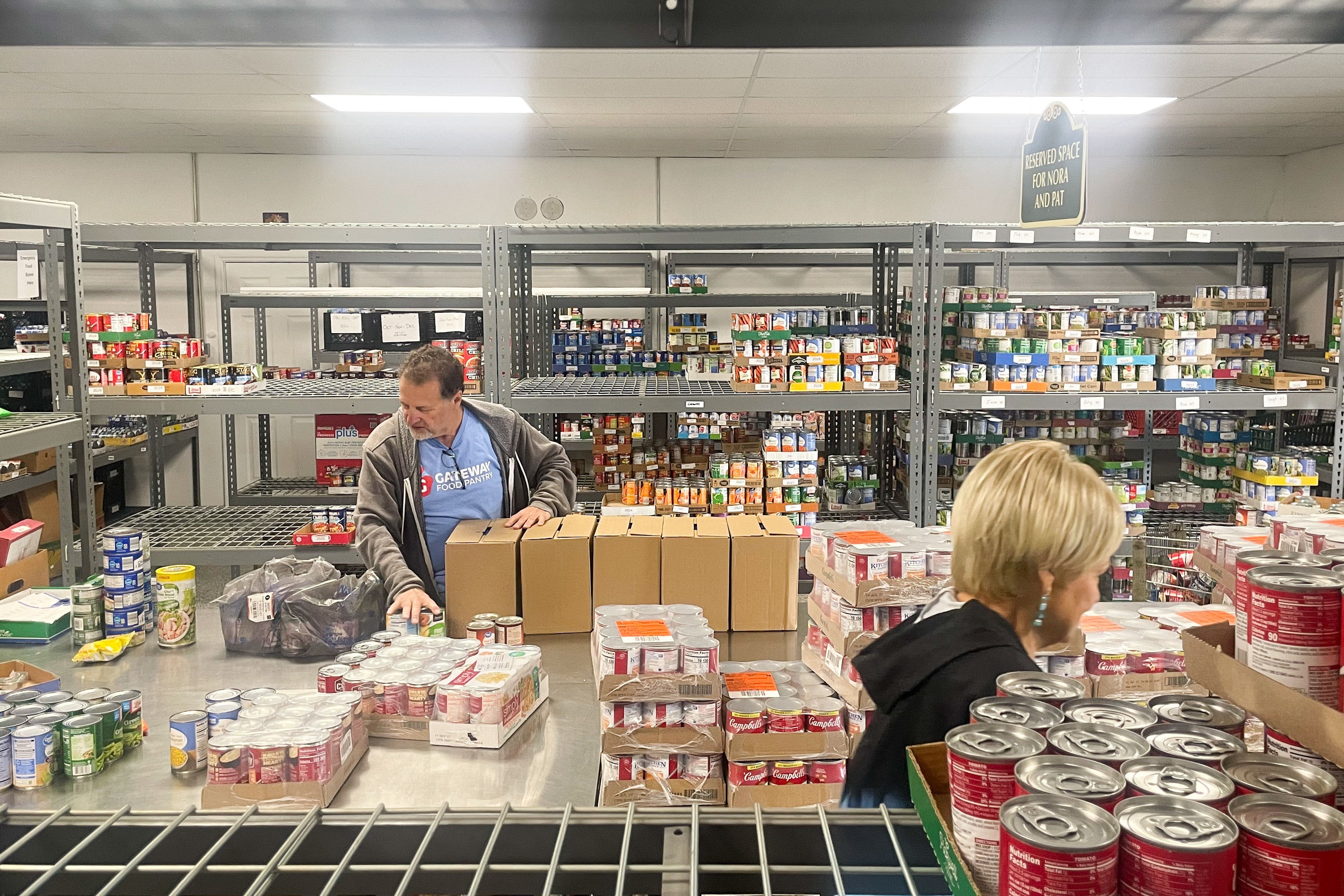Many people assume that if they are thin or “normal weight”, they are automatically safe from type 2 diabetes. This is not necessarily the case. Research shows that weight alone does not determine blood sugar health. Type 2 diabetes can (and does) affect people of all body sizes. But it all starts with prediabetes.
According to the Centers for Disease Control and Prevention (CDC), about 10% of people with type 2 diabetes are of normal weight. That means weight alone does not determine your risk.
We May Need to Adjust Our Understanding of What Healthy Means
This misconception is so common that researchers say it’s time to rethink our understanding of “healthy.” “Being at a healthy weight may not necessarily be healthy,” said Arch Mainous, a professor of health services research, management, and policy at the University of Florida. “We have some strong data that says we need to rethink our model of what we think is healthy. This may require a paradigm shift so that we’re not just looking for diabetes in the overweight and obese.”
Even before type 2 diabetes develops, many normal-weight people enter a stage called prediabetes. This is where blood glucose levels are elevated but not yet in the diabetes range. This stage can last for years without symptoms. However, prediabetes still damages the body and raises the risk of heart disease and type 2 diabetes later on.
Understanding Type 2 Diabetes
Type 2 diabetes is a condition where the body becomes resistant to insulin or does not produce enough of it to regulate blood sugar. Insulin’s job is to help glucose get into your cells for energy. When insulin does not work properly, blood sugar builds up in the bloodstream.
Over time, uncontrolled blood sugar can lead to:
- Heart disease
- Kidney damage
- Nerve damage
- Vision problems
Understanding your risk beyond weight is crucial.
Why Normal-Weight People Still Develop Type 2 Diabetes
1. Genetics Family history is one of the strongest predictors.
- One parent with diabetes:40% risk
- Both parents with diabetes: 70% risk
Keep in mind that genetics can override body size. Additionally, certain ethnic groups also carry a higher genetic risk regardless of weight. This includes African Americans, South Asians, Native Americans, and Hispanics.
2. Visceral Fat (“TOFI”—Thin Outside, Fat Inside)
You can look thin on the outside and still carry harmful visceral fat around the organs. This hidden fat produces inflammatory chemicals that lead to insulin resistance. Simply, this means a person can weigh less but still be metabolically unhealthy.
3. Sedentary Lifestyle
Even when you are at a normal weight, being inactive affects how your body processes glucose. As Mainous put it: “Saying that sitting is the new smoking sounds trite, but there’s a certain level of truth to it.” The lack of bodily movement reduces insulin sensitivity, ultimately making blood sugar harder to regulate.
4. Diet
A thin body does not protect you from the effects of:
- Sugary drinks
- Refined carbs
- Processed foods
These foods spike blood sugar and force the pancreas to work overtime. This can gradually lead to insulin resistance, regardless of your weight.
5. Age
As we age, our metabolism slows and insulin sensitivity decreases. That’s why the American Diabetes Association recommends routine screening beginning at age 35, regardless of weight.
6. Gestational Diabetes
Even thin, healthy women can develop diabetes during pregnancy. Nearly half of the women who experience gestational diabetes will develop type 2 diabetes later in life.
What You Can Do — Despite Size and Prediabetes
- Ask for blood sugar screening (A1C)
- Move regularly, even 10-minute walks
- Improve diet quality, not just calorie count
- Know your family history
- Watch for symptoms, no matter your weight
Since prediabetes is silent and can occur at any body size, experts stress that everyone should know their numbers. A simple A1C test can detect prediabetes early, which is when lifestyle changes are most effective.
The bottom line: Your health is not defined by the number on the scale; it is what is happening beneath the surface that matters the most. The real question is: what is happening beneath yours?
Resources
Centers for Disease Control and Prevention
Can people with normal weight get type 2 diabetes
American Diabetes Association: Prediabetes
American Diabetes Association: Early Screening and Risk Monitoring








![Healthy Vegan Peanut Butter Protein Fudge [gluten-free + no added sugar]](https://i0.wp.com/healthyhelperkaila.com/wp-content/uploads/2025/01/PBFudge2.png?fit=800%2C800&ssl=1)










 English (US) ·
English (US) ·